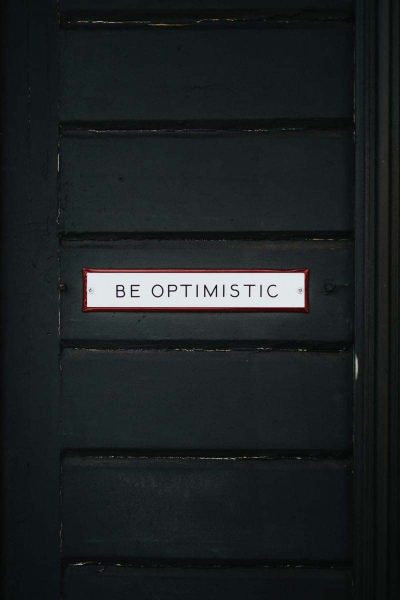The MACROVegan Revolution

Welcome to the world of radical empowerment. This is the time for breaking through outmoded paradigms with no exceptions and no compromise. It’s time to spill the beans, strengthen your skill set and learn some new cooking skills.
In the last decade, the increase and growth in new product development has come from the vegan sector who have seen a big increase in people adopting a wholefood, plant-based vegan diet. In the last 12 months, there has been a 60% increase in online searches for vegan and wholefoods plant-based diets. How exciting!
As this sector starts growing rapidly, the meat and dairy industry respond by putting out even more nonsensical “studies” (vested interest). The link between diet and the development of disease is simply common sense: if we continue to injure the body, it will continue to become inflamed; inflammation is the body’s response to healing; remove the injury, remove the inflammation. Meat and dairy cause injury to the body that leads to inflammation, which takes you down the path to a whole host of illnesses.
DEADLY COST OF MEAT-BASED DIET:
Seventy billion farm animals raised for food produce huge amounts of the greenhouse gases causing global warming. More than one-third of the planet’s arable land is occupied by livestock feed crop cultivation. Seventy percent of Brazil’s deforested land is used as pasture, with feed crop cultivation occupying much of the remainder. And in Botswana, the livestock industry consumes 23 percent of all water used. A meat-based diet relies on corn and soy for rapid growth of cattle to satisfy the world’s love for meat. Humans have no need to consume animal foods for health.
There is no profit in letting people know they can avoid early disability and death by simply eating greens, more vegetables, beans, grains, fruit, and nuts. Green living ideally includes a plant-based diet, which is organic, local, and seasonal. Be as green as you can for your own well-being and for the planet. Understanding the laws and the limits of nature is key.
The planet is over populated. It’s a well-known fact that this is grossly unsustainable. It took 50,000 years to reach a human population of one billion in 1830. We soared above six billion people in the year 2000, and passed seven billion in 2012. Wealthy nations eat increasing amounts of meat, while one billion people starve.
Agribusinesses ignore the nutrient cycle, and rather than rebuilding soil, saturate it with petrochemicals. Soil is over-tilled, overgrazed, made toxic and infertile, and turned into desert. One-third of all farmable land is degraded. Humans MUST look to their diet and understand that changing to a plant-based vegan diet is crucial. Planet Earth needs to produce as much food to feed us in the next 50 years as it took to feed us for the last 10,000 years.
On a per-calorie basis, on average, animal-based foods require over ten times as much land, water and energy as do plant-based foods. T.Colin Campbell
So, what does the word “diet” mean? In a nutshell, diet means “A permanent eating lifestyle.” To many, the word “diet” means a four-letter word that often leads to deprivation, frustration and ultimately, “failure.” By adopting a wholefood plant-based vegan diet, you will be spoiled for choice from the delicious tasting dishes that you can rustle up in literally 20 minutes. All of us have the power to end the suffering of our animal kingdom, save a fortune on health care, bring a much needed bonanza for our environment and at the same time create superior health. It's a win-win situation for everyone and everything. All of this, and more is possible by simply adopting a wholefood plant-based vegan diet. You can start right now by making this quick and easy noodle dish.
NOODLES WITH MISO-TAHINI SAUCE
Udon and lo mein noodles go especially well with this popular sauce, and soba noodles taste good with it, too. This version of my recipe is simply garnished with spring onions and some thinly sliced roasted red peppers, but for a different taste try topping the noodles and sauce with some roasted pumpkin or sunflower seeds.
Ingredients:
1 pack uncooked noodles
Sauce:
4 level tablespoons sweet white miso
3-4 tablespoons tahini
½ cup cold water
2 tablespoons brown rice vinegar
1 tablespoon mirin
1 tablespoon fresh ginger root grated and then squeezed for its juice
1 clove garlic, finely chopped
Pinch of dried tarragon, basil or thyme
To Garnish:
Lemon zest
Black sesame seeds
Finely chopped spring onion
Roasted red pepper, thinly sliced (store bought – organic jar)
Instructions:
Boil the noodles in 2.5 litres of water according to the cooking instructions.
Mix the miso and tahini in a small saucepan. Add the water a little at a time and mix well to make a smooth sauce. Add the remaining ingredients and bring to a gentle simmer. If it’s too thick, add a bit more water; if it’s too thin, simmer briefly to thicken the sauce.
To serve, put the noodles into individual serving bowls, spoon the sauce over the top, and dress with the garnish.
In good health


